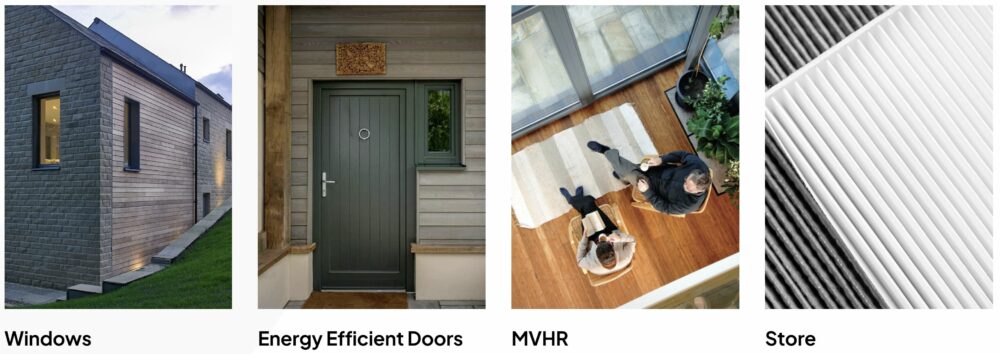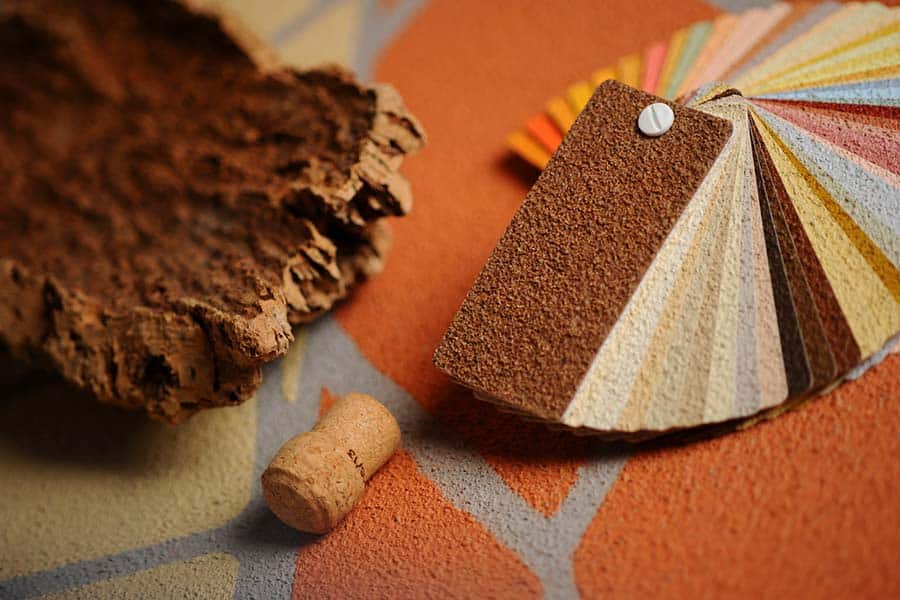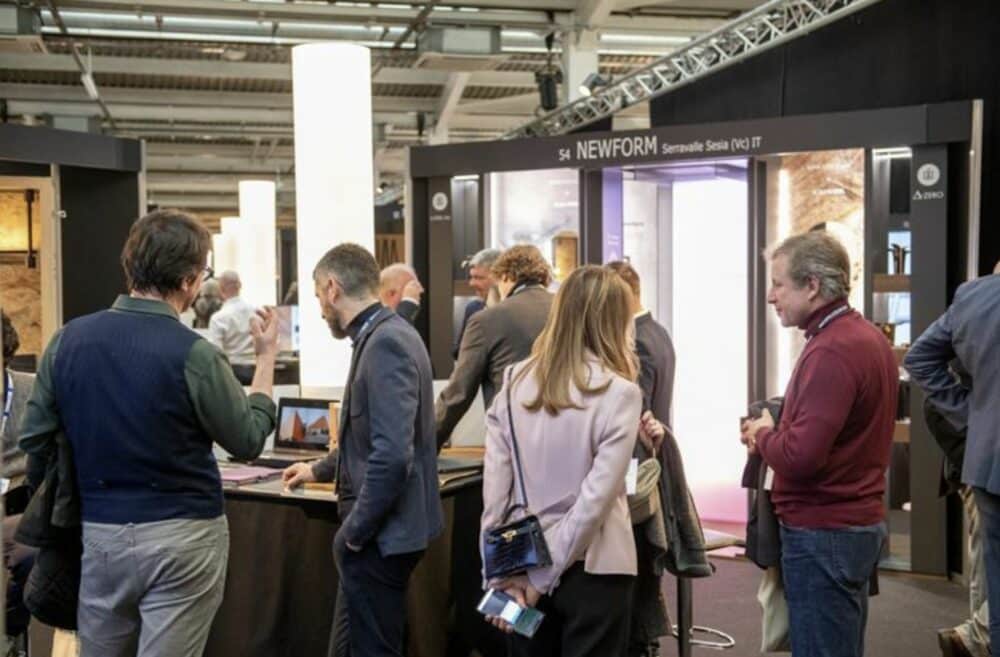We highlight innovative green building products showcased at the Architect@Work London event, emphasizing sustainability and eco-conscious design in the architectural industry.
20-21 March 2024—London’s Truman Brewery hosted the annual Architect@Work event, a vibrant gathering where architects, designers, and innovators converged to explore the forefront of architectural innovation. This year’s theme, ‘People + Planet: designing from the ground up’, underscored a collective commitment to sustainable practices in the built environment.
Showcasing over 200 meticulously curated exhibits, the event spotlighted a myriad of eco-conscious solutions. From innovative materials to cutting-edge design concepts, each exhibit echoed a resounding call for environmentally responsible architecture. Beyond the exhibits, attendees engaged in enlightening seminars and perused pop-up bookstores, delving into the intricate facets of sustainable design. Discussions spanned from the utilization of timber to the promotion of biodiversity, emphasizing the holistic approach required in crafting sustainable spaces.
We attended the Green Homes seminar, moderated by Dezeen’s editor-at-large, Amy Frearson. Distinguished panelists shared insights honed through years of experience in the pursuit of sustainable living. As they explored the nuances of designing green homes, lively debates ensued, reflecting a shared optimism tempered by the complexities of prioritizing sustainability in architectural practice.
Defining a Green Home: More Than Reducing Energy
In the United Kingdom, a green home embodies sustainability and resource efficiency in its construction and operation. Despite its status as a global leader in green building, the UK encounters distinct obstacles, such as limited access to abundant natural resources, like large trees for traditional building materials. Consequently, green homes in the UK place a premium on utilizing recyclable and sustainable materials to curtail waste production and lessen environmental repercussions. Stores like the Green Building Store play a pivotal role in meeting this demand, providing a diverse array of eco-friendly building supplies tailored to architects, companies, and builders committed to sustainable construction methodologies.

Government initiatives also promote green building, offering incentives such as tax breaks and grants for employing eco-friendly materials and energy-saving technologies. Moreover, stringent building codes mandate adherence to green standards, ensuring that new constructions contribute to the nation’s sustainability objectives. Homeowners can also seek what’s called a green mortgage, a key to improving building energy efficiency.
“We get fixated on energy, but it is really important to attempt a balance in all aspects,” Wendy Perring of PDA Design said, “like thinking about embodied carbon, the supply chain, and longevity”
However, architecture professionals must understand their clients’ eco-goals as the definition of “a green home” will vary according to their position in social mobility, as explained by Jonathan Fashanu of Dash. One client might view a green home as having a Tesla Powerwall, while another one might focus more on building materials. And certain “green” concepts might not work well together.
“There are many aspects, from carbon to energy, to biodiversity, but some of these solutions do clash,” Rory Bergin of HTA Design said.
Whichever avenue is taken, green homes serve as catalysts for environmental progress, consuming less energy and water than conventional counterparts, thereby reducing pollution and conserving resources. Additionally, they provide healthier living and working environments, aligning with the UK’s broader goals of fostering well-being and sustainability for its citizens.
Significance of Design and Trade-offs
Emphasizing the importance of a robust design in green homes, Sarah Broadstock of Studio Bark underscores the significance of getting the fundamentals right from the outset, such as fabric-first design and passive environmental strategies. This approach not only ensures durability but also lays the groundwork for balancing various aspects of sustainability.
The panelists rejected the notion of categorizing methods as inherently “good” or “bad,” recognizing the necessity of making nuanced trade-offs. For example, while timber is often lauded for its sustainability, Perring noted instances where concrete might be a more resource-efficient and durable option.
Amy Frearson, speaking to ArchiExpo e-Magazine, highlighted the misconception that sustainability equates to expensive additions. Instead, she emphasized the role of quality design in achieving both energy savings and material efficiency over the long term.
Green Home Innovations at Architect@Work London
The Architect@Work London event showcased a plethora of innovative products aligning with the theme of Green Homes, reflecting a growing emphasis on sustainability and eco-conscious design in the architectural industry. In conversation with the panelists, we noticed a draw towards cork and wood fiber products along with non-toxic breathable materials. Here are three standout products that caught our attention.
Diasen‘s Decork paints offer a solution to wall coatings, blending affordability, biophilia, and aesthetic charm. Crafted from recycled cork and water-based resin, inspired by ancient cork-based architecture in Sardinia, these paints boast a minimal carbon footprint and remarkable durability. In addition to sustainability, Decork paints provide practical advantages; the cork’s honeycomb structure enhances breathability and insulation, while its non-toxic composition promotes a healthy indoor environment, resulting in EPD and LEED certifications.

Parador Modular ONE flooring presents a luxurious yet environmentally mindful substitute to conventional wood flooring. Comprised of 90% renewable raw materials and complemented by a cork backing, this flooring option stands as water-resistant, PVC-free, and devoid of plasticizers. The cork underlay not only bolsters breathability and thermal characteristics but also fosters a non-toxic indoor atmosphere. Further, its lightweight, quiet, and easily disassemblable design guarantees durability and convenience. Although not recyclable, its sturdy construction serves to offset environmental impact over time.

The Cinier Greenor range presents chic heating and cooling solutions. The eco-friendly fan coil units are adorned with an elegant Olycale stone facade. By leveraging renewable generators such as heat pumps, the Greenor range achieves remarkable energy efficiency, boasting an output of up to 6000 watts while consuming a mere 10 watts. Additionally, the stone facade, sourced from the Pyrenees, offers a natural and sustainable alternative to conventional materials like steel or cast iron, further enhancing the range’s eco-friendly credentials.
The products mentioned exemplify the intersection of environmental responsibility and cutting-edge technology, paving the way for a greener and more sustainable future in home design and construction.











